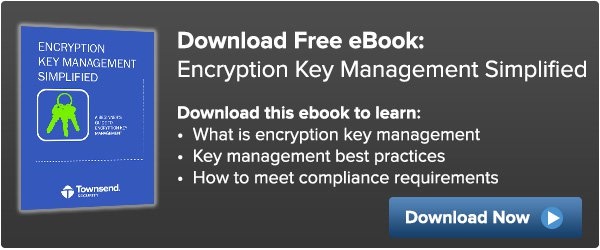Securing data with encryption and protecting the encryption keys with proper key management is enforced by many compliance regulations (and recommended as a security best practice).
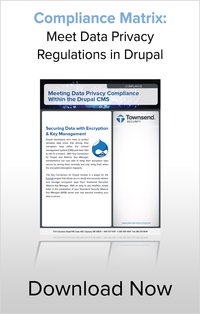 When working with private schools, colleges, and universities, Drupal developers who need to protect their customers’ sensitive data with encryption know important compliance elements include the following:
When working with private schools, colleges, and universities, Drupal developers who need to protect their customers’ sensitive data with encryption know important compliance elements include the following:
- Awareness of how records are managed by the institution.
… (Do you know who will have access?) - Awareness of relevant regulations/laws.
… (Do you know what they need to follow?) - Approach to complying with each item.
… (Do you know what they should do to follow the law?) - Management of institutional records.
… (Do you know what they need to keep and for how long?)
It is important to remember when developing a higher education framework, the ultimate core of higher education is information. Each institution gathers, stores, analyzes, retrieves, and secures the information necessary for proper functioning. Without continued and uninterrupted access to that information, as well as assurances that the information is secure and reliable, they would be unable to fulfill their educational, research, and service missions.
For entities in the education sector, it is important to note that data security and IT solutions for colleges and universities also fall under some of the more familiar compliance regulations due to the various programs offered by each institution:
- PCI DSS will come into play with accepting payments from tuition, books, food services, and housing
- GLBA/FFIEC covers the student loan and financial offices at most institutions
- HIPAA/HITECH is also important to consider as most higher education institutions have their own health centers
Driven by student privacy concerns and the need to comply with regulations such as the Family Educational Rights and Privacy Act, educational institutions must also make sure to secure sensitive data and protect their networks from data loss even when that information must be shared.
Family Educational Rights and Privacy Act (FERPA)
Statute: 20 U.S.C. § 1232g Regulations: 34 CFR Part 99
The Family Educational Rights and Privacy Act (FERPA) is a federal law that affords parents the right to have access to their children’s education records, the right to seek to have the records amended, and the right to consent to the disclosure of personally identifiable information from education records, except as provided by law. When a student turns 18 years old, or enters a postsecondary institution at any age, the rights under FERPA transfer from the parents to the student (“eligible student”).
The Higher Education Information Security Council (HEISC), actively develops and promotes awareness and understanding, effective practices and policies, and solutions for the protection of critical IT assets and infrastructures. HEISC also produces the Information Security Guide: Effective Practices and Solutions for Higher Education, an excellent resource for anyone involved in securing student information with encryption.
Drupal adoption in higher education has skyrocketed with over 71 of the top 100 US Universities and educators around the world publishing websites in Drupal. Arizona State University alone hosts over 800+ websites built in Drupal CMS! To meet the growing need for NIST validated and FIPS 140-2 compliant encryption and key management, the data security experts at Townsend Security partnered with Chris Teizel, CEO of Cellar Door Media and Drupal developer to create the Key Connection plug-in for the Drupal Encrypt module. Key Connection for Drupal provides a secure key management system (Alliance Key Manager) outside of the Drupal installation in order to provide secure key storage and retrieval options. Now when personally identifiable information (PII) is collected or stored in a database it can easily be encrypted and the encryption keys properly managed. Key Connection for Drupal allows developers and users to choose whether they retrieve a key and encrypt/decrypt locally or to send the data to Alliance Key Manager to perform on board encryption.
For more information, download the Drupal Compliance Matrix:


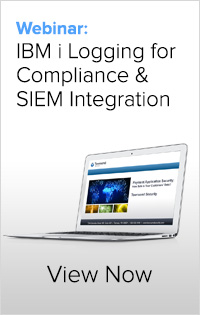
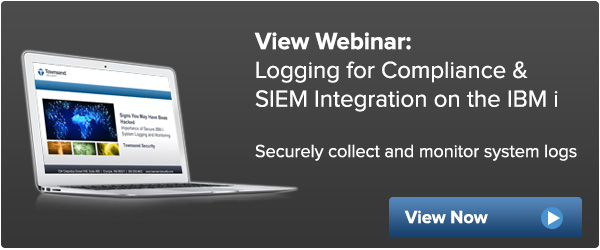
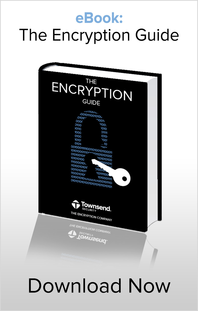

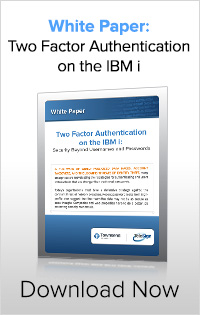
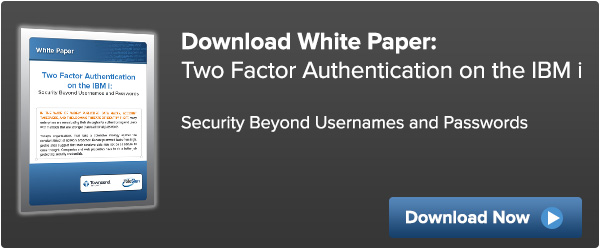
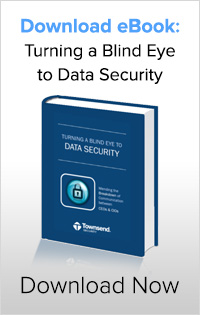


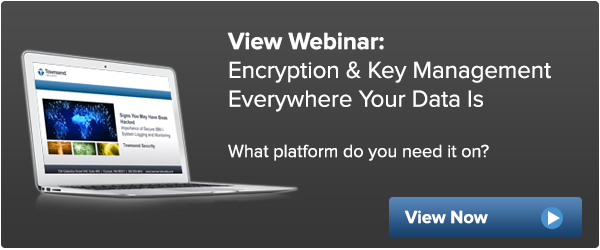
 and the data security requirements that affect Drupal developers or users. When dealing with the healthcare industry, Personally Identifiable Information (PII) is a subset of PHI, and refers to information that is uniquely identifying to a specific individual. Protected Health Information is specific to medical and health-related use and generally refers to demographic information, medical history, test and laboratory results, insurance information and other data that is collected by a healthcare professional to identify an individual and determine appropriate care. To better understand the recent changes in HIPAA/HITECH regulations, here are a few key rules that provide guidance:
and the data security requirements that affect Drupal developers or users. When dealing with the healthcare industry, Personally Identifiable Information (PII) is a subset of PHI, and refers to information that is uniquely identifying to a specific individual. Protected Health Information is specific to medical and health-related use and generally refers to demographic information, medical history, test and laboratory results, insurance information and other data that is collected by a healthcare professional to identify an individual and determine appropriate care. To better understand the recent changes in HIPAA/HITECH regulations, here are a few key rules that provide guidance: